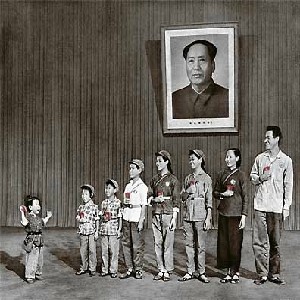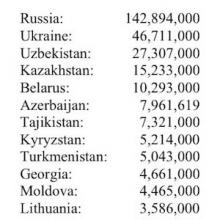Popular Culture

The Web Museum, Paris
Perhaps the greatest strength of the Web Museum site as a teaching tool is the interlinking of text within the site. Many of the essays and artist biographies contain one or more links to other, related artists, or to terminology.Short Teaching Module: Letters of Milada Horáková
Horáková makes a good case study for several reasons. One of the most prominent European feminists of the first half of the 20th century, she was an active member of the resistance during the Nazi occupation of Czechoslovakia.
Letters of Milada Horáková
In this collection of letters, written by Milada Horáková before her execution in 1950 by the Communist Party in Czechoslovakia, Horáková writes last wishes and notes to her family.

The Victorian Women Writers Project
This website that should prove an excellent source for student research projects on the social and cultural history of the Victorian era.
Ling Long Women's Magazine, Shanghai, 1931-1937
The abundance of graphic images such as photographs, cartoons, and advertisements is an important resource for studying urban mass culture and women’s lives in 1930s Shanghai.
Morning Sun
This companion site provides a wonderful introduction to 'the psycho-emotional topography of high-Maoist China.'Short Teaching Module: Reagan at the Brandenburg Gate
In June 1987, President Reagan delivered an important speech in front of the Brandenburg Gate in West Berlin. This case study looks at how to use the speech as a means to examine US foreign policy and the end of the Cold War.
Long Teaching Module: Solidarity Comes to Power in Poland, 1989
In retrospect, it seems predictable that the first opposition group in the Soviet bloc to succeed in unseating a communist regime would be Poland’s Solidarity movement.

Long Teaching Module: Everyday Life in Eastern Europe in the 1980s
Explaining the causes of an event as large, complicated, and significant as the revolutions of 1989 and the end of Communist single-party rule and the Cold War is no small task.

Long Teaching Module: Nationalities and the Breakup of the Soviet Union, 1989-2000
The Soviet Union was a multi-national empire from the revolution of 1917 through the final demise of Communism in 1991.